In the realm of protective relaying, overcurrent protection is the simplest and an essential scheme. Phase and residual protection are quite common in the industry. Phase elements should be set carefully so as to afford protection for equipment downstream of it while not limit the load current in anyway. Residual elements can be set more sensitive than phase relays since they do not limit the load current. Between these two, it is easy to forget the negative sequence protection.
Sure, it sounds pretty abstract, however, its benefits make it pretty useful. Faults not involving ground render any form of residual protection inoperable while a phase-to-phase fault not high enough in magnitude may never trip the phase relays. In such a situation a negative sequence is the best proposition. It is the “in-between” protective scheme.
When is negative sequence protection considered?
It is pretty necessary to set up a negative sequence relay to detect low-side phase to ground faults at source protected substations. Since this unbalanced fault appears as a phase to phase fault on the high side of a delta-wye transformer (about 57% of phase to ground fault), a negative sequence relay can be set up to detect the fault. Without it, the phase overcurrent relay would be required to detect the fault, resulting in a much lower pickup setting leading to load encroachment issues.
These relays can also be set up to supervise the distance elements in the distance relays (looking out in transmission system.)
How to set a negative sequence relay
- Locate the portion of the system where you want to implement the negative sequence protection. Identify the device you want to setup the negative sequence elements in.
- Now identify the immediate downstream overcurrent protective relay.
- Find the phase overcurrent pickup amps of this relay. Multiply its amps by \sqrt3.
- For Schweitzer relays assign this resulting value to its 51Q pickup element. Its logic uses 3I_2 where I_2 is the negative sequence current. The curve type and the time dial can match the values of the downstream relay.
- For GE relays, divide the current obtained in step 3 by 3 and assign this value to its 51Q pickup element.
- If you are looking to expand this protective scheme upstream of the relay then use the new settings as a reference to coordinate with other negative sequence relays.
Keep in mind that setting up the negative sequences in a zone that already has a ton of overcurrent protective schemes can cause a lot of confusion. It is at the P&C engineer’s discretion to set one up.
Summary
- Negative sequences, unlike phase overcurrent elements, can be set to pickup at lower amps without the risk of limiting the load current.
- Useful in detecting unbalanced faults in a system.

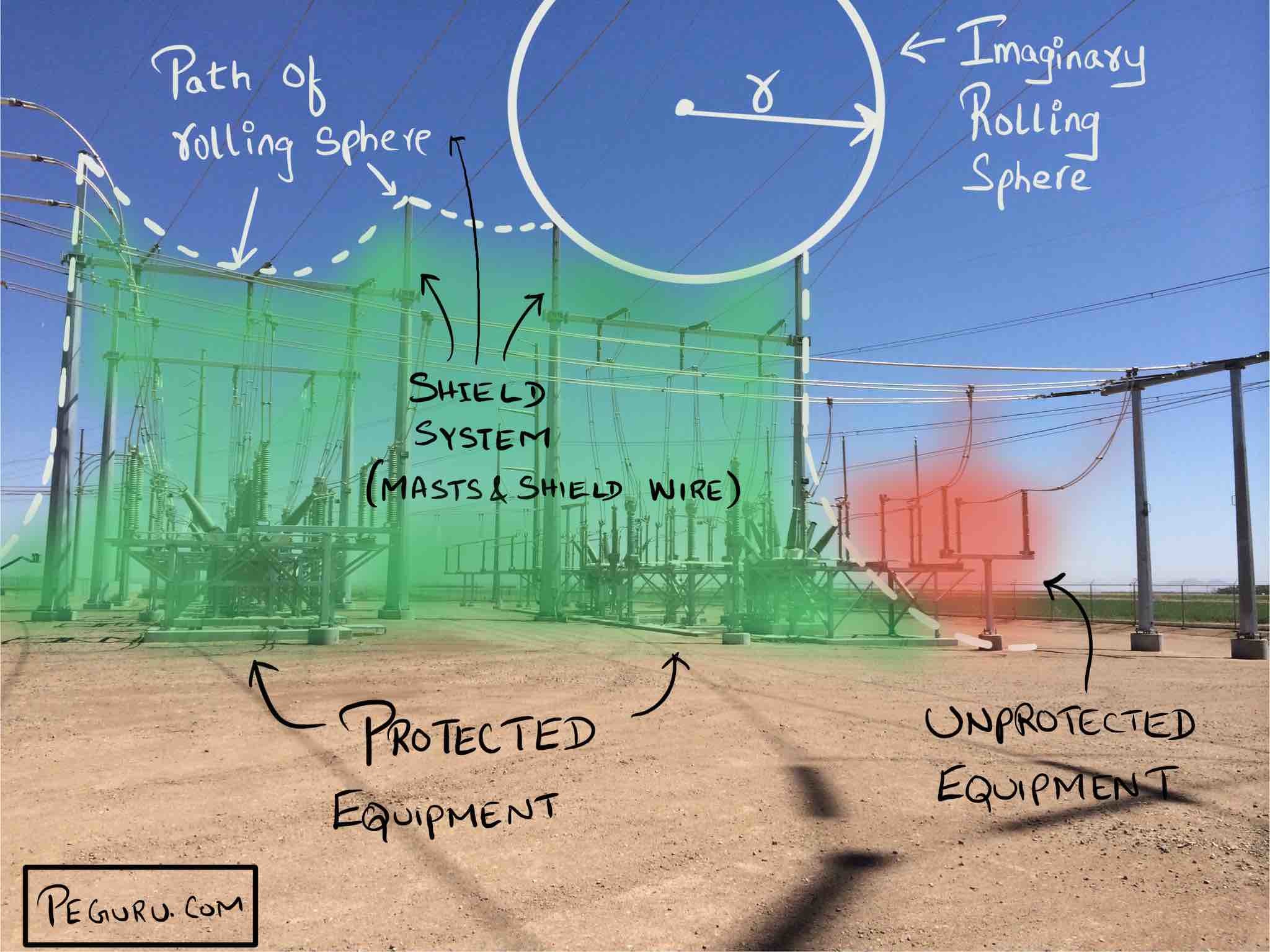
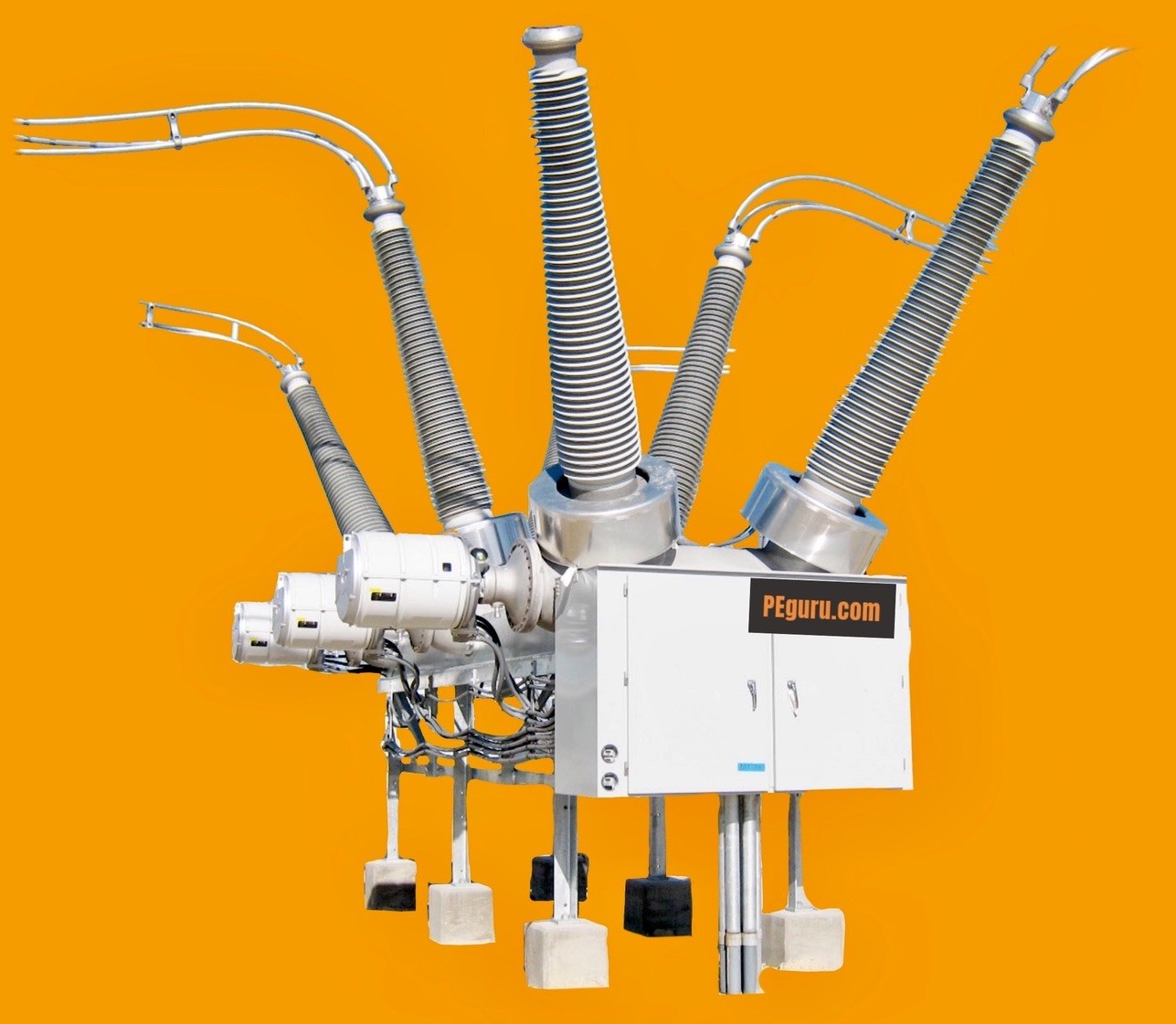
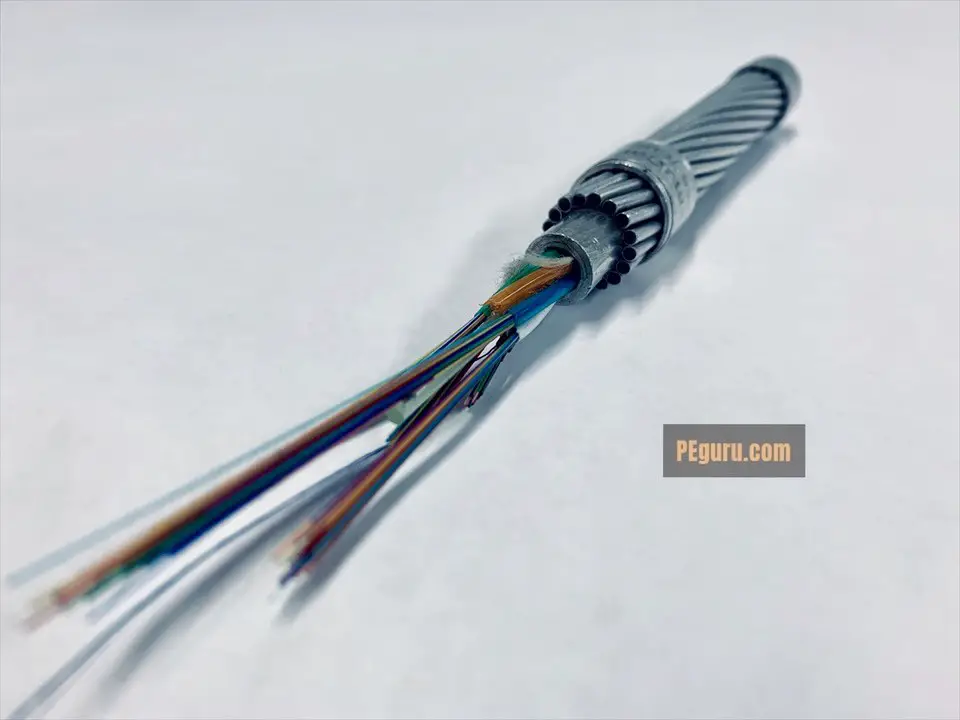
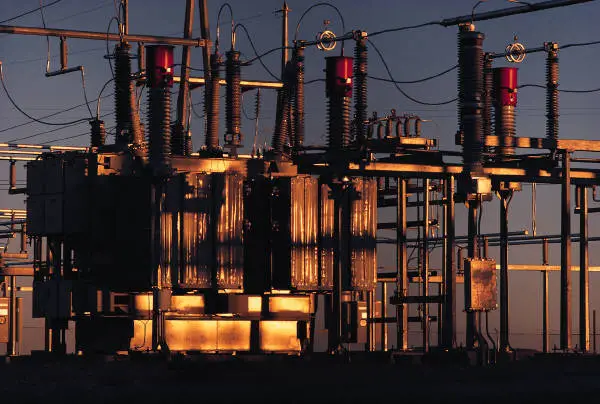
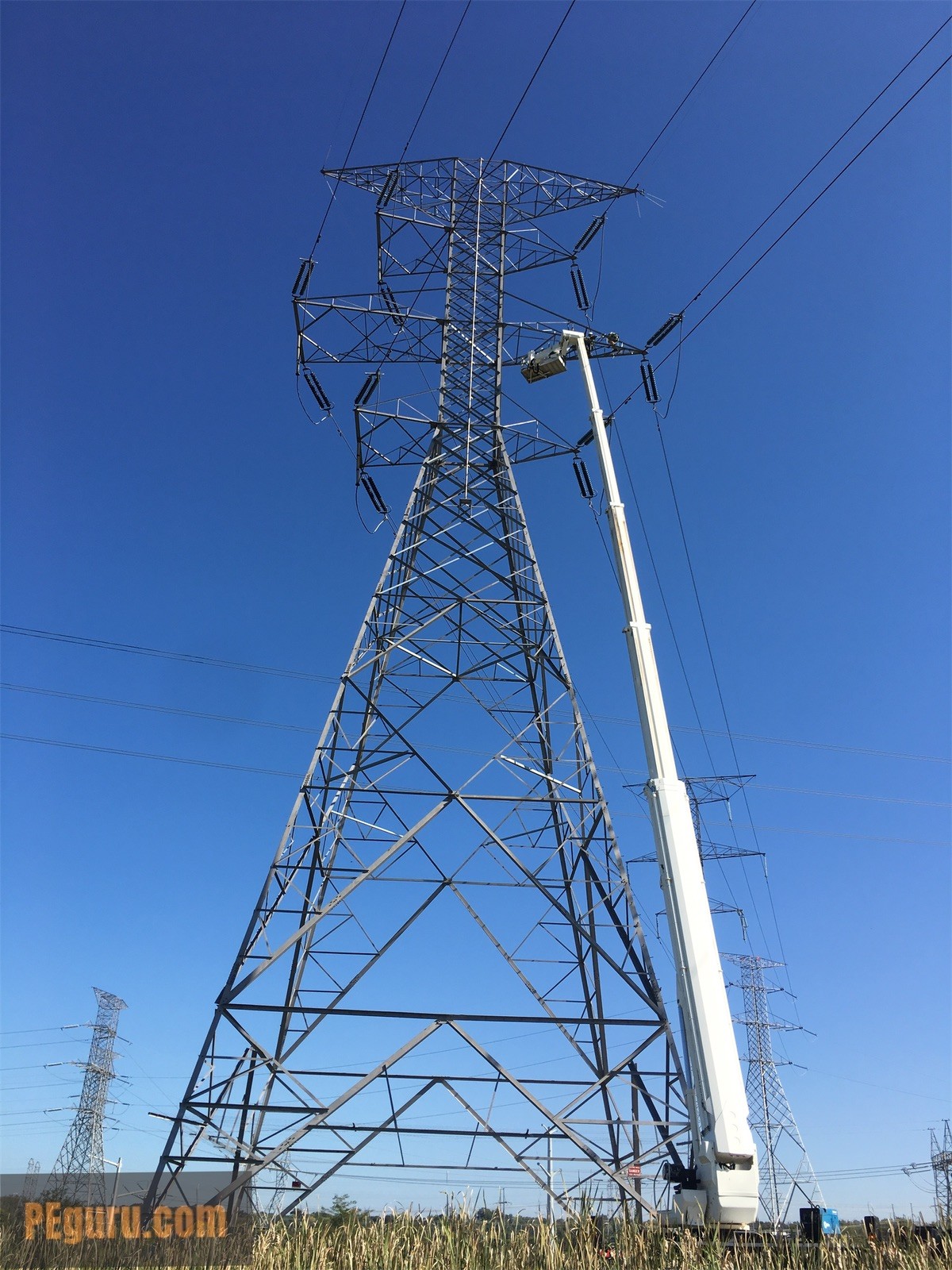
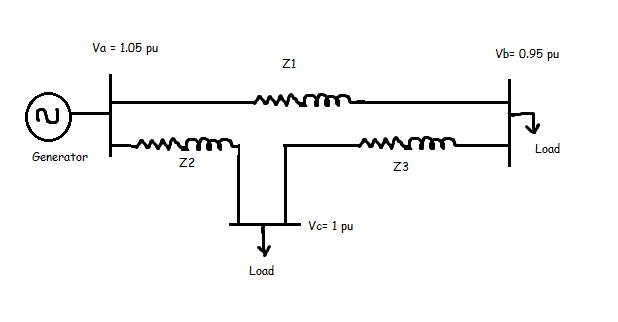
in 66 kv ss, 7.5 MVA dyn11 transformer if i want to find out fault current of the system what is the base mva pls give answer
For the differential protection of Dyn Transformer why the CT’s in primary side is star connected and why CT’s in secondary side is delta connected.
This is done to account for the phase shift that happens in the power transformer. Otherwise, the differential relays will see non-zero current flowing into the trip coil.